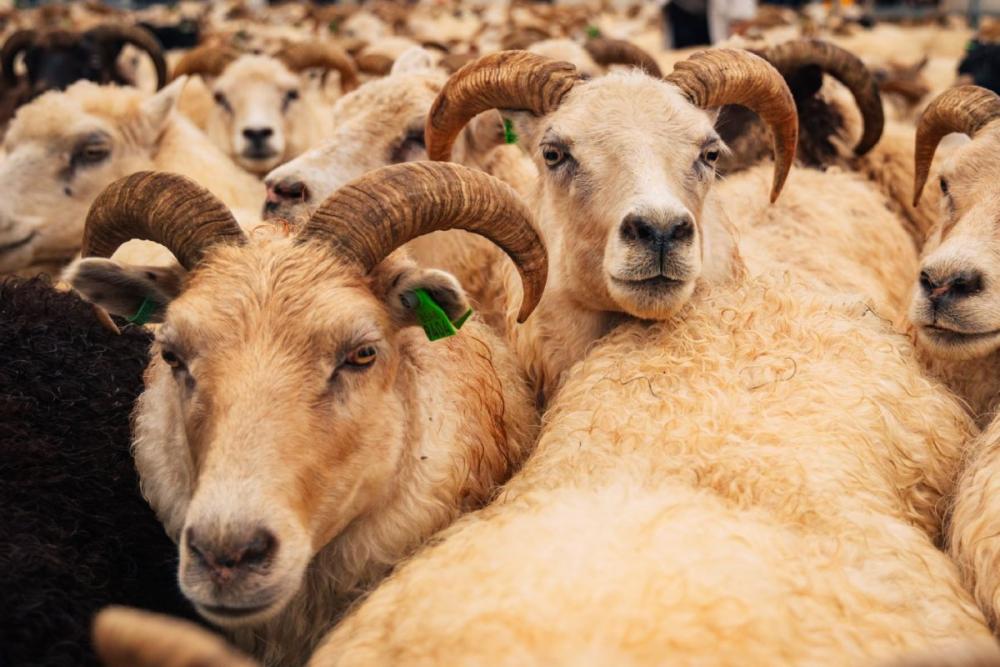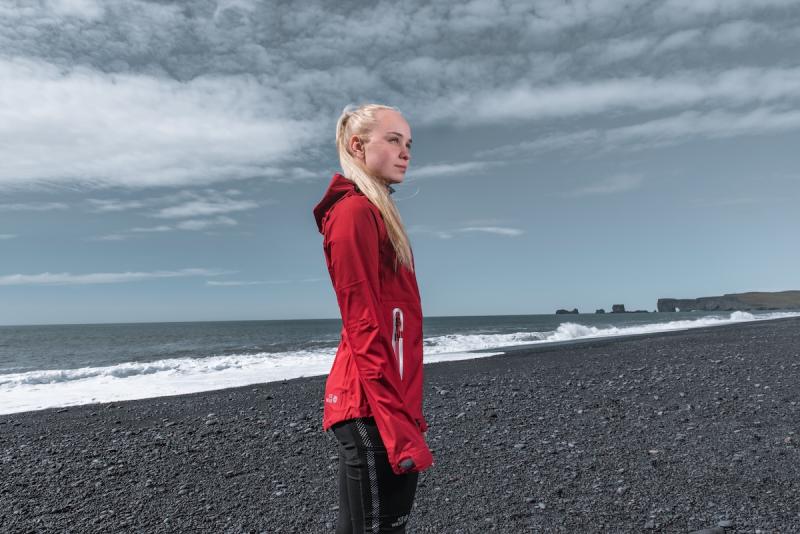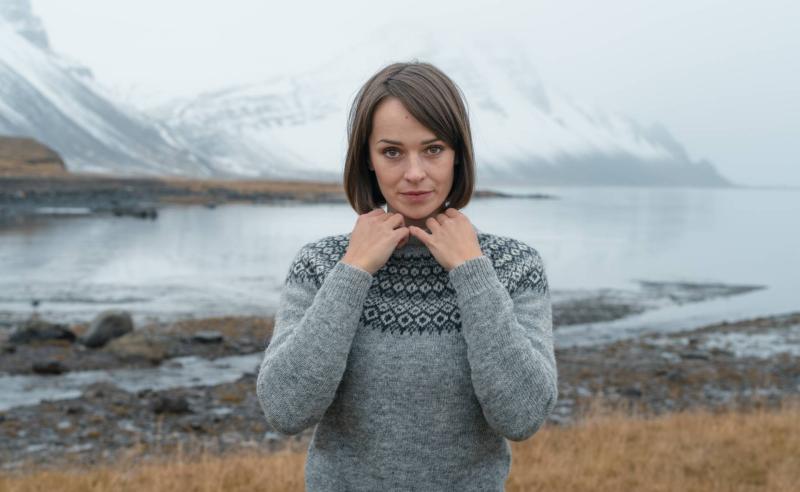CONTENTS:
- Top Types of Wool
- Lambswool
- Where does Merino wool come from
- Icelandic wool
- Other types of wool
- How is wool made?
When you think of “wool”, what do you picture?
Perhaps you imagine the “ugly pullover” contest at your office each December. Or maybe you remember that scratchy knit your aunt Linda made for you when you were six.
Before you make any more assumptions, however, it’s helpful to learn about the different kinds of wool. Because, yes, there are different kinds, all of which have been worn by people around the world for centuries.
You’ve heard of cashmere and angora, for example. Yet, you’ve never associated either with being “scratchy”, because quality wool is never itchy. Wool also gives you more style and use options than you probably imagined.
Top Types of Wool
To build the best wool pullover collection ever, you first need to know what kinds of wool there are. This list is not exhaustive but calls out some of the popular types of wool used in clothing. Keep reading to learn how to wear and how to wash wool by type.
When people first think of wool, they think of sheep. And that’s pretty accurate considering sheep’s wool makes up the majority of wool production. Though it’s not the whole truth.
Whatever animal your next wool pullover does come from; all types share certain qualities in common. For example, wool naturally keeps itself clean by expelling odours and wicking away moisture. Wool knit is naturally wrinkle resistant, too. This is what helps keep wool garments fresh and functional without having to wash them as often as other clothing.
Now, let’s dive into some of the most popular types of wool, where they come from, and how to care for them.
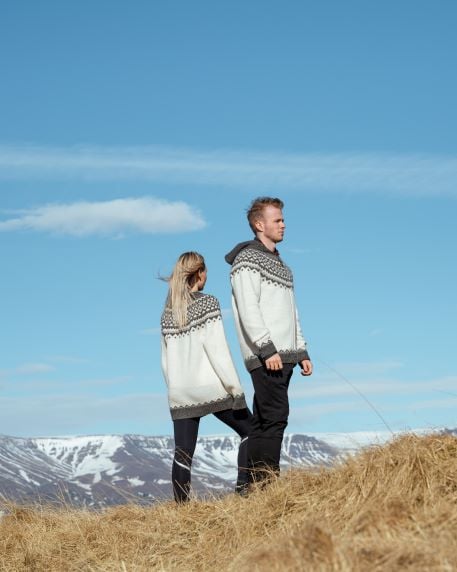
Lambswool
Lambswool is the wool made from a young sheep’s very first shearing. Just like parents go “ga-ga” over their children’s first haircuts, a lamb’s first shearing is a noteworthy moment. The wool gathered is extra soft, smooth, and resilient.
Interestingly, because that first shear can come when a lamb is just a few weeks old or when it’s as old as seven months, the textures of the virgin lambswool can vary greatly.
Of course, this wool is also far rarer since each lamb will only be sheared for the first time once. (Adult sheep in Iceland, in contrast, are shorn two or three times a year.) Lambswool is priced a little higher as a result.
Because lambswool tends to be extra soft, it’s a great choice for bottom layers. Its innate hypoallergenic and breathable qualities make it comfortable for any season, too. The natural crimp to its fibre allows airflow to regulate body temperature, too, making it a great choice for days when you might be spending time both inside and out.
Caring for lambswool is pretty straightforward, which is good, because caring for it properly will extend its lifespan significantly. Lambswool should always be hand washed, much like other wool garments. Machine washing lambswool will rob it of its characteristic softness.
Here are the steps to hand wash lambswool:
- Turn the article inside out and submerge it completely in a mix of warm water and any gentle, wool-specific detergent. Squeeze the suds through the garment without rubbing, wringing or stretching it.
- Rinse the article with warm water until the water runs clear. Remember that water for both washing and rinsing should be warm, not hot, and also a consistent temperature. Switching to cooler water when rinsing can make the fibres of the wool constrict.
- Lay the article out on a dry towel and press the water out (never wring or twist). Then, roll up the towel and press down to squeeze out more water.
- Unroll the towel and press the garment out into its natural shape. If there are buttons, button them. Set the item flat on another dry towel and allow it to air dry.
Where does Merino Wool come from?
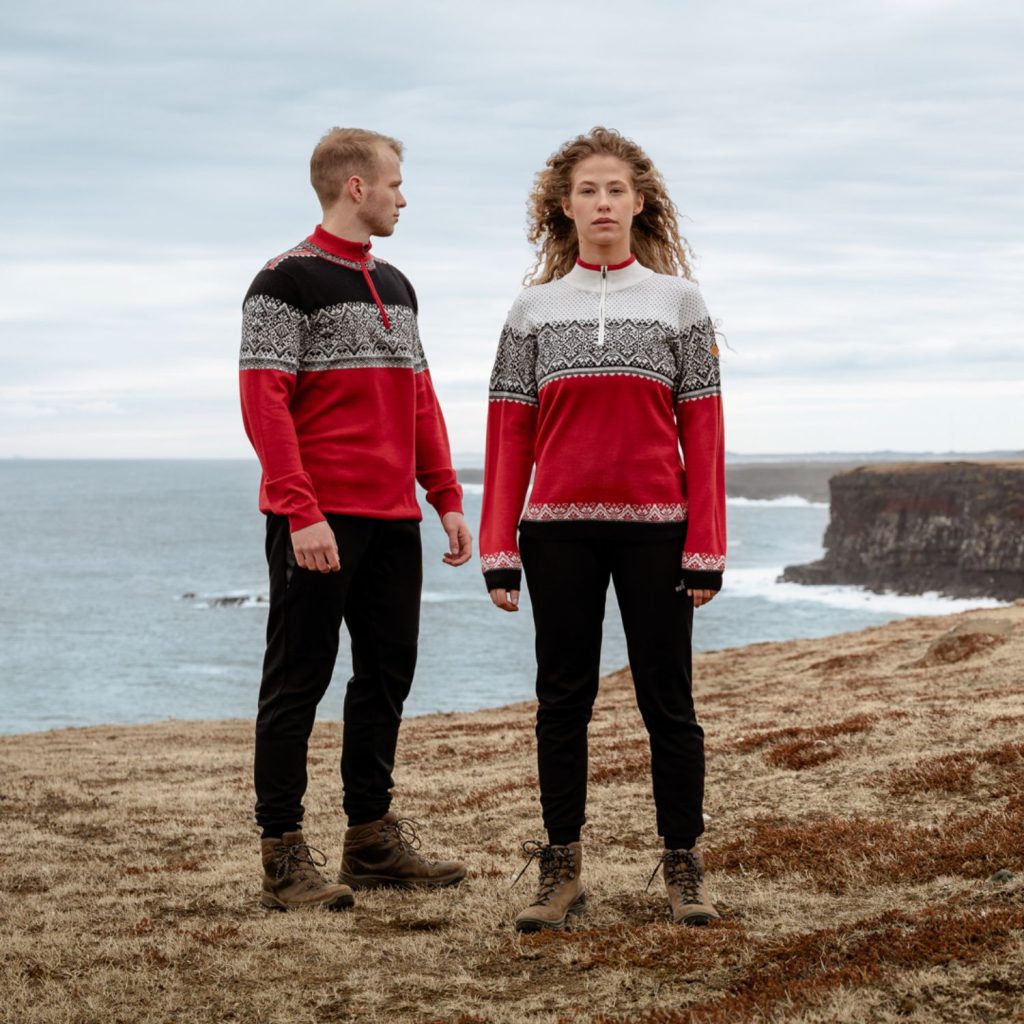
Merino Wool
Merino wool is another sheep’s wool that comes specifically from Merino sheep. Of all the mammals walking this earth, sheep have the greatest diversity of breeds. This lends itself to production of many different types of sheep’s wool.
Evolution, too, has played a part in the growing number of sheep breeds. For instance, Icelandic sheep became genetically unique after centuries of isolation from their predecessors in Denmark.
Now, what is Merino wool? And where does Merino wool come from?
Merino sheep were originally from Spain, but the popularity of their wool has led to their adoption by wool producers around the world. Merino wool is finer than most other sheep’s wool (with a diameter of around 20 microns) and has smaller scales, meaning Merino knits aren’t as bulky as traditional wool.
Merino is also great at temperature regulation thanks to the natural pockets that the wool crimp leaves for air flow. This built-in temperature management has made it an increasingly popular wool for outdoor wear, especially for activities like hiking where we tend to heat up over the course of activity.
Merino wool does tend to cost a little more than other sheep’s wool since it has a lower yield. This is the result of the scouring process it undergoes to remove the fatty greases that occur within the hairs. This necessary process results in yields of half the original shear weight.
Industry-wide, Merino wool is considered the finest and more luxurious kind of sheep’s wool.
Caring for Merino wool also favours handwashing, though it rarely needs to be washed thanks to a waxy coating called Lanolin that protects it naturally from stains.
To wash Merino wool, follow the same steps described above for hand washing lambswool. Or Merino wool also has the advantage that it can be machine washed. Here’s how:
- Throw your Merino wool article in a warm load with like-coloured items. Use the gentlest detergent you can. A wool-specific detergent will be best, and it’s so gentle it won’t do your other items any harm.
- Before throwing everything into the dryer, pull out any wool garments. Lay them each out flat on dry towels to air dry. Check on them occasionally to flip over to dry both sides more quickly.
Icelandic Wool
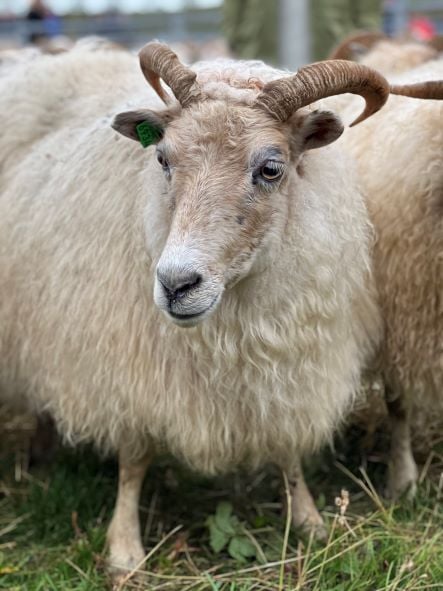
The landscape of wool production in Iceland has changed as companies have come and gone, but demand has only risen since its inception. There are over 800,000 sheep in Iceland from which more than 2,000 farmers shear 1,000 tonnes of wool annually. With different production processes for special wool like the Merino process described above, this results in 750 usable tonnes once the wool is ready to be turned into knitting wool.
Icelandic sheep are not only genetically unique from any other sheep in the world, but their wool will also vary depending on where they grazed and what climate they were raised in.
It’s been said before that, without sheep and their wool, Iceland would have been uninhabitable. Iceland actually has more temperate weather than many would expect with the word “ice” in its name, however the role of sheep’s wool truly has been irreplaceable in the country’s cultural, climatic and economic history.
Wool even enabled earlier Viking sailors to advance the development of ship sails (made of wool), which was a benefit carried to Iceland when settlers came to the island.
Icelandic wool consists of two different types of fibre:
- The inner fibre is fine and soft.
- The outer fibre is long and water-repellent.
This unique combination makes for a lightweight, warm, breathable and water-resistant wool.
Caring for Icelandic wool is simple. It rarely needs washing because of wool’s natural antibacterial and moisture-resistant qualities. Before you wash it, consider hanging it out in fresh air to effectively “reset” any odours.
When you do wash Icelandic wool, follow the handwashing steps for lambswool and consider soaking your garments for 10 to 15 minutes before “squeeze washing” as described above.
Other Types of Wool
Other animals yield wool, too. Some of the most popular types include:
- Cashmere: Cashmere goats produce cashmere wool, which is known for its softness (a product of its production from the undercoat of goat hair). The undercoat is shorn when the goats enter moulting season. Subsequently, its yield is small, making cashmere a little pricier than other types of wool.
- Mohair: Mohair goats, too, produce a popular wool known for its unique structure. The topcoat usually includes the guard hairs, which—once mixed with the undercoat—result in thicker fibres and a uniquely fuzzy fabric.
- Angora: Wool made from rabbit hair is called angora, which is known for its hollow fibres. This gives angora wool unique warmth, though the ultra-soft fibres are also rather delicate.
- Camel: Bactrian camels are the camels shorn most commonly for their wool. They're native to Mongolia, China and Russia, which explains their thicker hair (which keeps them warm in harsher winters). Camel wool is also hollow like angora fibres, making it lustrous and about as soft as cashmere.
- Alpaca: Native to South America, alpacas produce another wool fibre that's hollow and lightweight. It's lighter than sheep's wool, but also warmer. This makes it excellent for high altitudes.
How is wool made?
Wool production begins by shearing the hair of wool-bearing animals. In the case of cashmere, that only happens once a year when goats enter moulting season. For other wool types, that might happen multiple times throughout the year.
Here’s a high-level step-by-step of how that shorn hair turns into the wool you love:
- Wool is shorn
- Wool is cleaned
- Cleaned wool is sorted into bales
- Fibres are made into longer strands (this is called “carding”)
- Strands are spun into yarn (“spinning”)
- Yarn is knitted or woven into garments
What kinds of wool do you have in your closet? What kinds would you like to add next? Learn more about Icelandic knitting patterns for your own wool projects.
Bibliography
- https://www.icewear.is/us/blog/2019/06/12/is-icelandic-wool-itchy/
- https://iwto.org/sheep/
- https://www.icewear.is/us/blog/2018/06/14/what-makes-icelandic-wool-special/
- https://icelandunlimited.is/know-about-icelandic-sheep/
- https://www.icewear.is/us/blog/2020/07/21/icelandic-knitting-patterns-with-lopi-yarn-to-make-a-lopapeysa/

